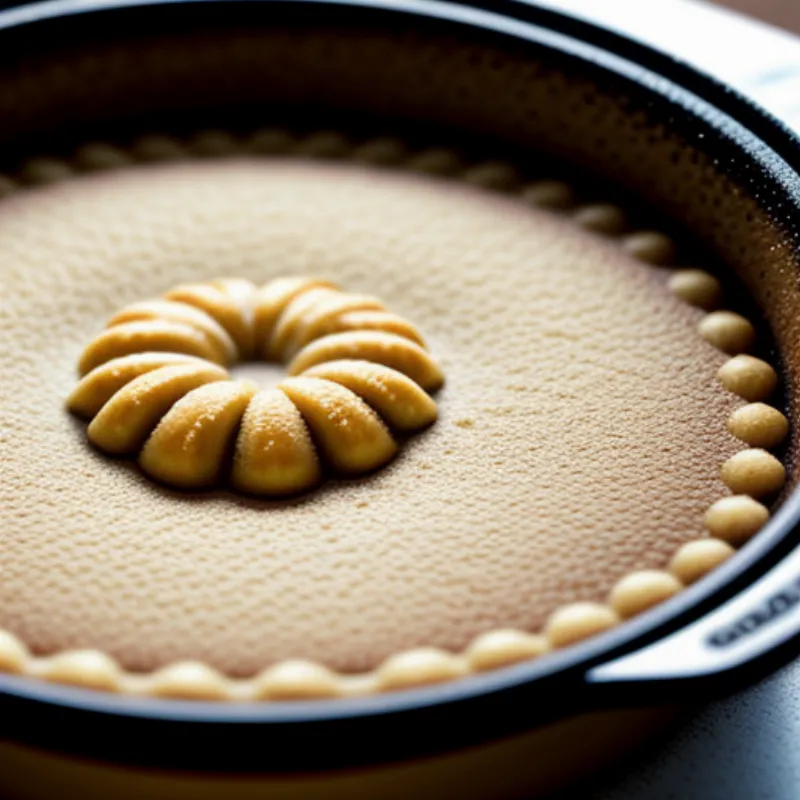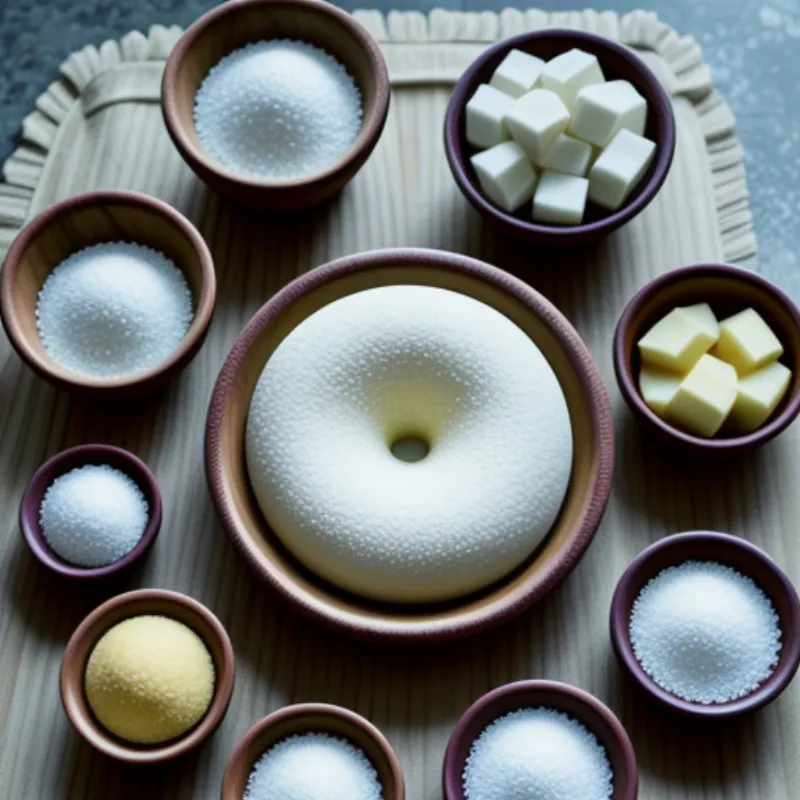Cassava cake, also known as “bibingka cassava” in the Philippines, is a beloved dessert that combines the subtle sweetness of cassava with a rich, coconutty flavor. This delightful treat boasts a unique texture – chewy, moist, and oh-so-satisfying. Whether you’re familiar with Filipino cuisine or looking to expand your culinary horizons, this easy-to-follow recipe will guide you through each step, ensuring a cassava cake that’s sure to impress.
What Makes Cassava Cake So Special?
Cassava cake holds a special place in Filipino culinary tradition. This humble dessert, made from grated cassava, coconut milk, and sugar, is a staple at birthdays, fiestas, and family gatherings. Its simplicity and delightful flavor have made it a favorite across generations, symbolizing warmth, celebration, and togetherness.
“My Lola (grandmother) used to make the best cassava cake,” shares Chef Mia Santos, a renowned pastry chef specializing in Filipino desserts. “The aroma of it baking in the oven always filled the house with such a comforting feeling. It’s a dessert that evokes cherished memories and connects us to our roots.”
Ready to create some sweet memories of your own? Let’s gather our ingredients and get baking!
Ingredients You’ll Need:
For the Cassava Cake:
- 2 pounds fresh cassava root (peeled and grated)
- 1 (13.5 ounce) can of coconut milk
- 1 (14 ounce) can of sweetened condensed milk
- 1/2 cup granulated sugar
- 1/4 cup melted unsalted butter
- 3 large eggs, beaten
- 1 teaspoon vanilla extract
For the Topping:
- 1 (13.5 ounce) can of coconut cream
- 1/4 cup granulated sugar
- 1/4 cup shredded coconut (optional, for garnish)
Tools of the Trade:
- 9×13 inch baking pan
- Grater (if using whole cassava root)
- Large mixing bowl
- Whisk
- Spatula
- Parchment paper (optional)
Let’s Make Cassava Cake!
Step 1: Preparing the Cassava
- If using whole cassava root, peel and grate it finely. If you have access to frozen grated cassava, you can skip this step.
Step 2: Mixing the Batter
- Preheat your oven to 350°F (175°C). Grease a 9×13 inch baking pan and line it with parchment paper for easy removal later (optional).
- In a large mixing bowl, combine the grated cassava, coconut milk, condensed milk, sugar, melted butter, beaten eggs, and vanilla extract.
- Mix well until all ingredients are thoroughly combined and the batter is smooth.
Step 3: Baking the Cake
- Pour the batter into the prepared baking pan and spread evenly.
- Bake for 45-60 minutes, or until the cake is golden brown and a toothpick inserted in the center comes out clean.
Step 4: Preparing the Coconut Topping
- While the cake is baking, prepare the topping. In a saucepan, combine the coconut cream and sugar.
- Cook over medium heat, stirring constantly, until the sugar dissolves and the mixture thickens slightly.
Step 5: Adding the Finishing Touch
- Once the cake is baked, remove it from the oven and carefully pour the coconut topping evenly over the top.
- Return the cake to the oven and broil for 2-3 minutes, or until the topping is bubbly and slightly browned.
- Keep a close eye on the cake while broiling to prevent burning.
 Cassava Cake Baking
Cassava Cake Baking
Time to Enjoy Your Cassava Cake!
- Let the cake cool completely before slicing and serving.
- Garnish with shredded coconut for an extra touch of coconutty goodness.
- Serve warm or at room temperature.
 Cassava Cake Slices
Cassava Cake Slices
Tips and Tricks for the Best Cassava Cake:
- Using fresh cassava root: While frozen grated cassava is convenient, using fresh cassava root yields the best flavor and texture.
- Removing excess moisture: If using fresh cassava, squeeze out any excess moisture from the grated cassava before mixing it with the other ingredients. This helps prevent the cake from being overly dense.
- Adjusting sweetness: The sweetness of the cake can be adjusted to your preference by adding more or less sugar.
- Storage: Leftover cassava cake can be stored in an airtight container at room temperature for up to 2 days or in the refrigerator for up to 5 days.
FAQs About Cassava Cake:
Can I freeze cassava cake?
Yes, cassava cake can be frozen for up to 2 months. Wrap it tightly in plastic wrap and then aluminum foil before freezing. Thaw overnight in the refrigerator before serving.
What can I substitute for coconut milk?
If you don’t have coconut milk, you can use an equal amount of whole milk or heavy cream. However, keep in mind that this will alter the flavor of the cake.
Can I use tapioca flour instead of cassava?
While both are derived from the cassava root, they have different properties. Substituting tapioca flour for cassava will result in a different texture.
 Cassava Cake Ingredients
Cassava Cake Ingredients
A Final Word
There you have it – a comprehensive guide to creating your own delectable cassava cake. This recipe is a testament to the fact that simple ingredients, when combined with care and a touch of love, can result in something truly extraordinary. So go ahead, gather your loved ones, and savor the delightful flavors of this Filipino classic. Happy baking!
